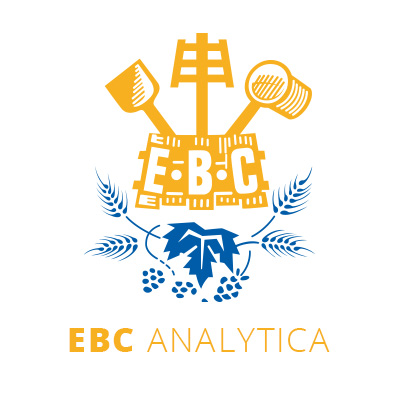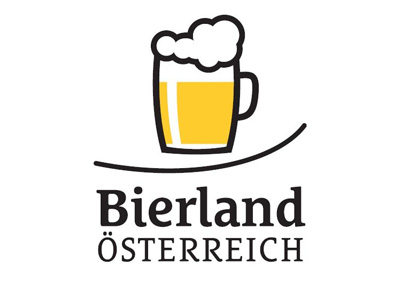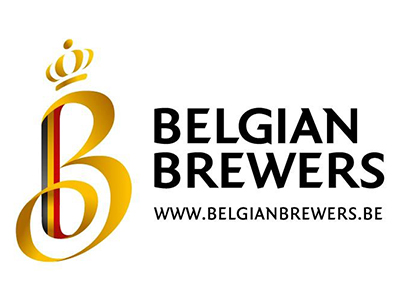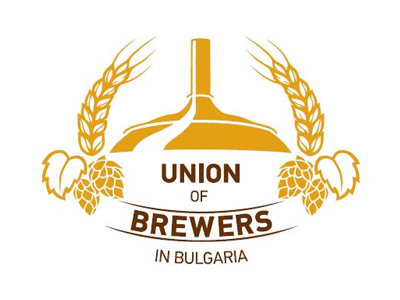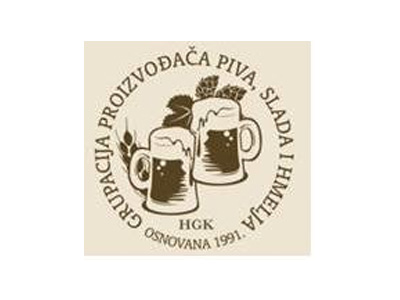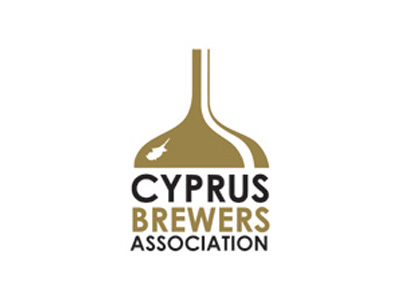- 26/10/2018
- 905
- |
- Detection of Contaminants
- |
- 2011
4.5.6 - Total aerobic count of yeast and bacteria in malt and barley
Any sample of barley or malted barley. This method can also be applied to other dry grains such as wheat, and is most useful for trending of results over a period of time rather than for absolute analysis. Descriptors: total aerobic count of yeast and bacteria in malt and barley, serial dilution.
